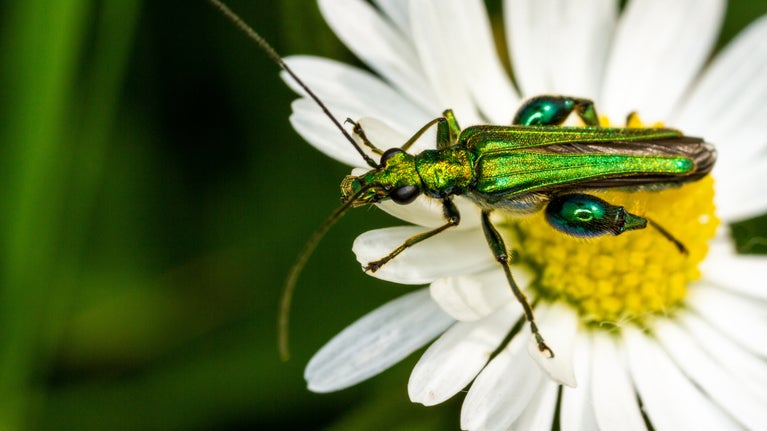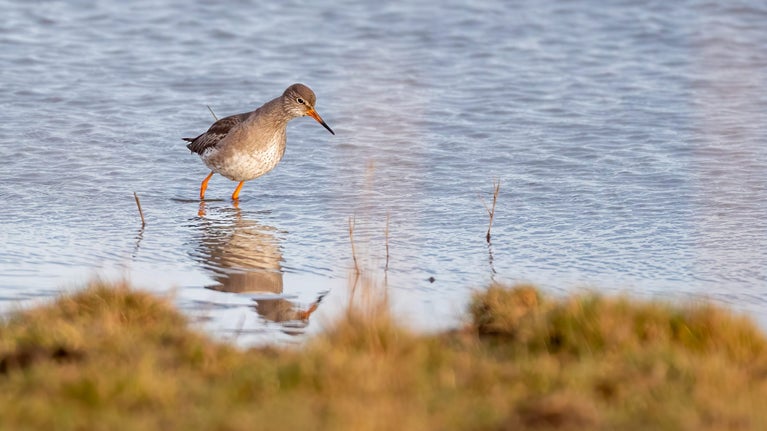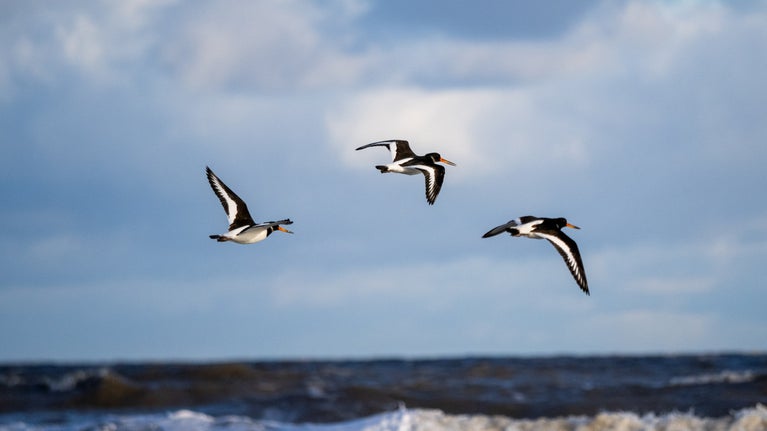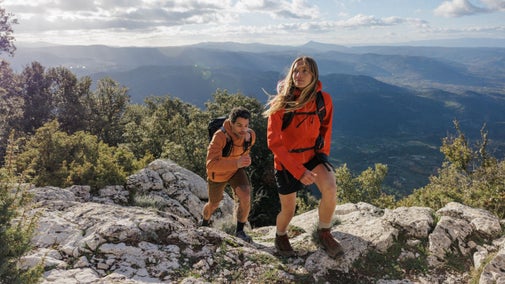
Get closer to wildlife
Discover tips for spotting mammals, birds and insects each season and learn about the range of wildlife at the places we look after.

The places we care for are home to a wide variety of native and migrant birds, including wildfowl, waders, songbirds and birds of prey. Choose from our selection of walks and combine coastal or countryside scenery with birdwatching opportunities all year round.
Feeding ducks, swans and other waterfowl can be harmful to the birds and may pollute waterways.


Always avoid feeding waterbirds such as ducks and swans. To feed garden birds safely, follow these top tips:
Buy accredited bird food from reputable sources
Only provide food for a few days and feed in moderation to avoid food going off
Keep bird feeders separated so birds aren’t in too close contact
Regularly clean and disinfect feeders
Wash your hands thoroughly after handling bird feeders

Discover tips for spotting mammals, birds and insects each season and learn about the range of wildlife at the places we look after.

We’ve partnered with Cotswold Outdoor to help everyone make the most of their time outdoors in the places we care for.
There are more than 600 known bird species in the UK and their calls are an important clue when bird spotting. Listen to our selection of distinctive birdsongs to get you started.

Find out how the changing seasons affect the birds you’ll see out and about, with spotting tips and photo galleries to guide you.

Barn owls are instantly recognisable from their heart-shaped faces and distinctive feathers. Learn where they prefer to hunt and nest, and the kinds of habitats they use at the places in our care.

Learn about the National Trust’s ongoing partnership with Cotswold Outdoor. Find out how they help us care for precious places and the exclusive discount available for National Trust supporters.
